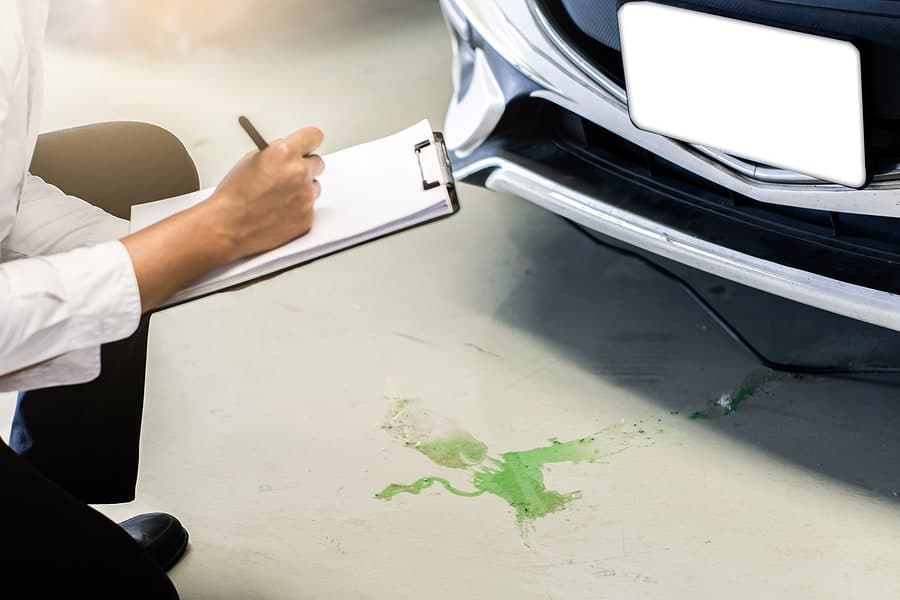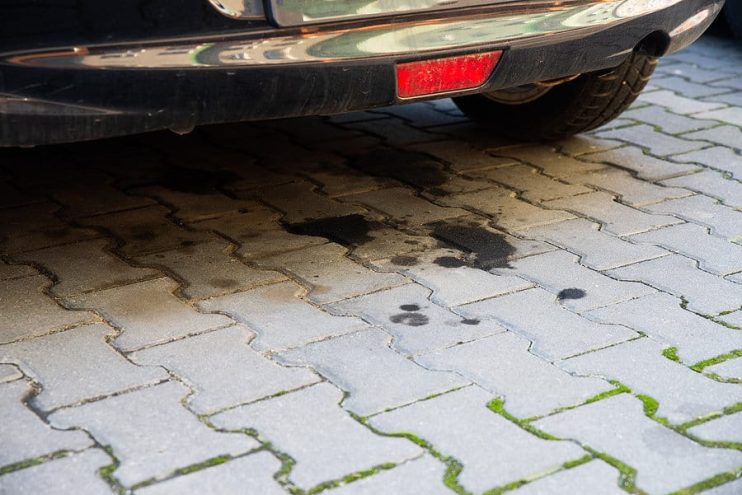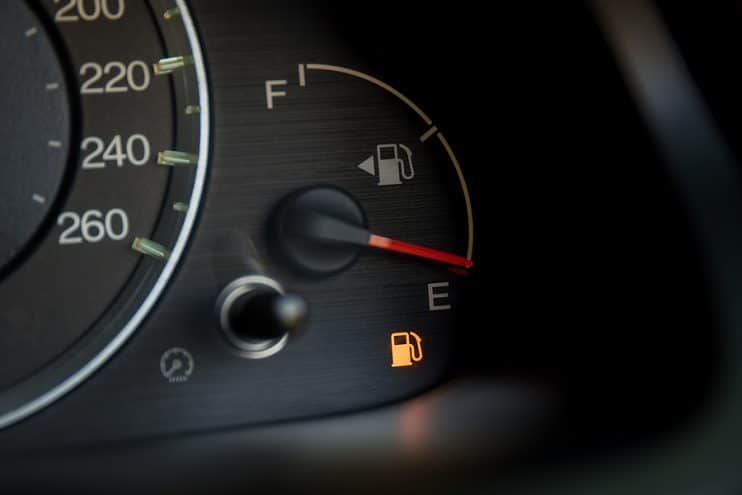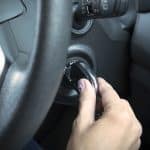
No one wants a leaky vehicle. However some leaks can be very revealing, helping you spot early signs of damage and danger to your engine and your car’s fluid systems – such as the brakes, power steering and transmission. Most leaks will appear under the car as patches of different coloured fluids. If you do spot a leak – what does it mean and what systems do you need to check?
Table of contents:
- Low Threat Level Leaks
- Medium Threat Level Leaks
- Serious Theat Level Leaks
- Our Top Tip for Leak Spotting
Low Threat Level Leaks
Clear Fluid Leaks
Most clear fluid leaks will be water. However, there is a small chance they could be coolant – so look closely and check there isn’t a green, blue or yellow tint – and the spill is free from odour.
What to do?
Water is usually nothing to worry about. It could be condensation coming from your air conditioning unit in the summer, or the car’s exhaust in the winter. If the leak seems to be persistent, then take your vehicle to the mechanic.
Blue and Green Fluid Leaks
Found a thin, watery fluid that smells a little like window cleaner? Chances are that this is windscreen washer fluid.
What to do?
Pop the hood of the car, and check out the fluid reservoir. Inspect it for cracks. If you can’t find any damage, then it may be worth getting a professional to check the seals and lines.
Medium Threat Level Leaks
Brown or Black
Amber, brown or black fluid leaks, especially those that are slick to the touch and hard to remove from your fingers, are likely to be oil. There will often be a smell of petrol or fuel about the liquid. Older leaks can also permeate concrete, leaving a darker residue.

What to do?
Many cars, especially those with higher mileage will have very minor leaks, which never actually affect the running of the car. Be sure to regularly check the dipstick, and keep your oil levels topped up as failure to do so could result in severe engine damage.
If you find a more substantial leak, then get under the hood and take a look at the engine. Problems like a valve cover gasket leak are easy enough to repair yourself – but if you can’t find the leak, or there’s a serious outpouring of oil (beyond a few mere drips) then get down the garage, and get a professional pair of eyes on the problem.
Reddish Brown
Reddish brown leaks under the steering system will usually be power steering fluid. A slight sweet, burnt odour will confirm your suspicions. Leaks can often originate from cracks, lose connections in the hoses and tubing that carry the fluid around the system.
What to do?
Check the fluid levels in the system to get an idea of the severity of the leak. Be careful about getting behind the wheel as driving with an impaired system could cause lasting damage to your power steering system.
Once you’ve diagnosed a leak, then scout round the system. Some connection issues and pipework problems can be easily solved with a little home-grown mechanical work. However, larger problems will definitely require professional attention, as failing to resolve issues could end up with you replacing your entire steering rack.
Serious Threat Level Leaks
Green or Yellow Leaks
Coolant can come in a variety of different colours. So if you see brighter leaks under your car, then the chances are these originate from the coolant system. The real giveaway is a distinctively sweet smell, not unlike candy floss, and a very slimy texture when rubbed against your finger.
What to do?
If your coolant system is leaking, this could lead to your engine seriously overheating – causing widespread damage and problems to a number of parts. The most common place for coolant leaks to occur is around the radiator, but with hoses going all around the engine, it can be hard to locate the exact source of the leak.
As with most smaller leaks, if you’re looking at a loose cap or connection, you may be able to make the repair yourself. With cracked systems or broken reservoirs, then it’s time to call in the mechanics, as this could lead to calamitous problems that will cost large amounts of cash to fix.
Red Leaks
Red is certainly for danger in this case. Red leaks generally originate from your vehicle’s transmission system, and will occur on the ground which the front and middle section of were parked over. It is quite a powerful liquid and can even cause stains on your driveway’s brickwork or concrete.
What to do?
If you think you’ve damaged the transmission, then it’s best to get the professionals in straight away. Cars that cannot find the right gear are extremely dangerous. If you’re going at speed, and the transmission fails outright, then this can put you and other road users in an extremely dangerous situation. Play it safe, and get your car towed to the nearest garage.

Amber and Multi-Coloured Leaks
Brownish liquid that has a prism effect under light? This is probably due to a fuel leak. You’ll recognise the smell of diesel and petrol from repeatedly filling your car at the pump – making identification quite easy. Remember that fuel however, especially petrol, can be extremely flammable, so if you suspect a leak keep all heat sources and flames away from the affected area.
What to do?
Fortunately most fuel tanks can be patched up, as long as your car isn’t so old that the rust is basically holding it together. However it is a job that will require the attention of a professional, making it another one on our list that requires a garage visit. Don’t put it off either as we’ve already mentioned – fuel leaks can be very dangerous.
Brown Leaks
This is the worst of all leaks. The dreaded brake fluid leak. It’s a huge problem and one that should not under any circumstances be ignored. However, fortunately such leaks are pretty rare. The fluid will be slippery to the touch and usually the location of such leaks will be around the wheels.
What to do?
There’s no two ways about this… If you even consider getting in a car with faulty brakes then you don’t deserve your driving licence. It’s the fast way to get someone hurt or even killed. Call the breakdown service and get a professional lift to the garage. With questionable brakes you cannot even get a tow.
Our Top Tip for Leak Spotting
Think your vehicle might have a leak? Cut up some old cardboard and fashion it into a sheet. Leave it underneath the front of the car for the night, and it will allow you to pinpoint the source of any leaks. Simply pull out the cardboard out from under the vehicle, and you should be able to identify the area of the leak – meaning less scouting around and a faster identification of the problem.













.png)